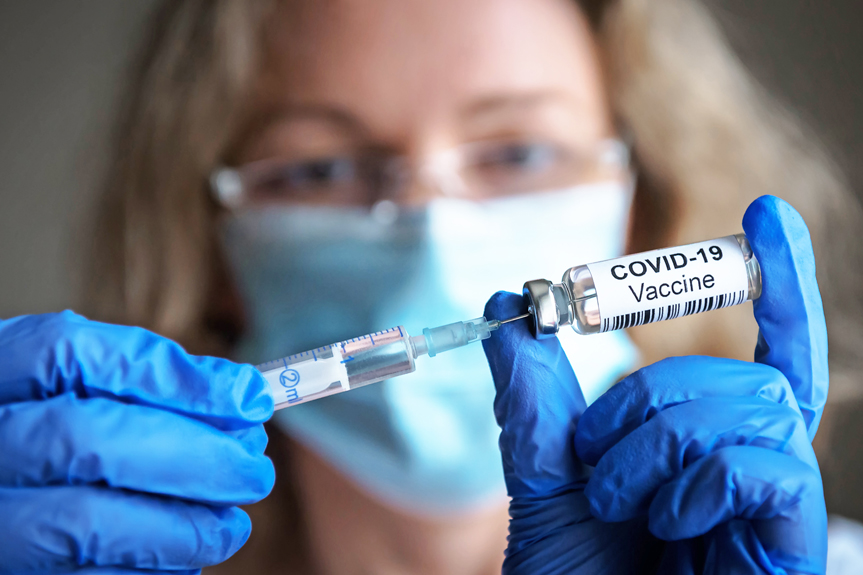By Jack Kirven, Qnotes
After Operation Warp Speed, the delivery of COVID-19 vaccine has happened much more slowly than originally hoped, and there has been no federal effort to standardize distribution amongst the states. There has also been no offer to the states to cover or offset the costs or to advise implementing best practices for logistics,. In addition to this, each state is left to decide how to prioritize who is vaccinated first.
According to the North Carolina COVID-19 Planning Team, the state has developed a multi-stage approach. As of Oct. 16, 2020, the Planning Phase was already in place, wherein a command structure created with input from a third party, External Vaccine Advisory Committee, developed the strategy for prioritizing populations, storing and transporting vaccines and administering them. Subsequent phases are called the Implementation Phase (focusing on adapting to logistics in real time and inoculating first priority populations), the Adjustment Phase (broadening operations as larger quantities of vaccine become available) and the Transition Phase (putting vaccines in the hands of established delivery channels where anyone can get their shots with the same ease as flu shots).
Who gets the vaccine first? According to the official North Carolina Interim COVID-19 Vaccination Plan, “Health care providers at high risk for exposure and who are vital to the initial COVID vaccine administration efforts and staff in long term care will be prioritized first. People at high risk for clinical severity and high risk of exposure will be prioritized next. This will include residents in Long-Term Care settings, people over 65 and staff of congregate living settings (migrant farm camps, jails and prisons, and homeless shelters) and anyone with two or more chronic conditions identified by the [Centers for Disease Control and Prevention] CDC to be high risk for COVID complications.
“Historically marginalized populations are represented in the early phase prioritization groups. Subsequent phases will target lower-risk populations and have more of a focus on decreasing transmission through the populations.”
With this in mind, what are some of the practical concerns and questions people have while they wait for their turn to immunized? There are some misconceptions circulating that should be addressed, so that as many people as possible will be at ease getting the shots.

